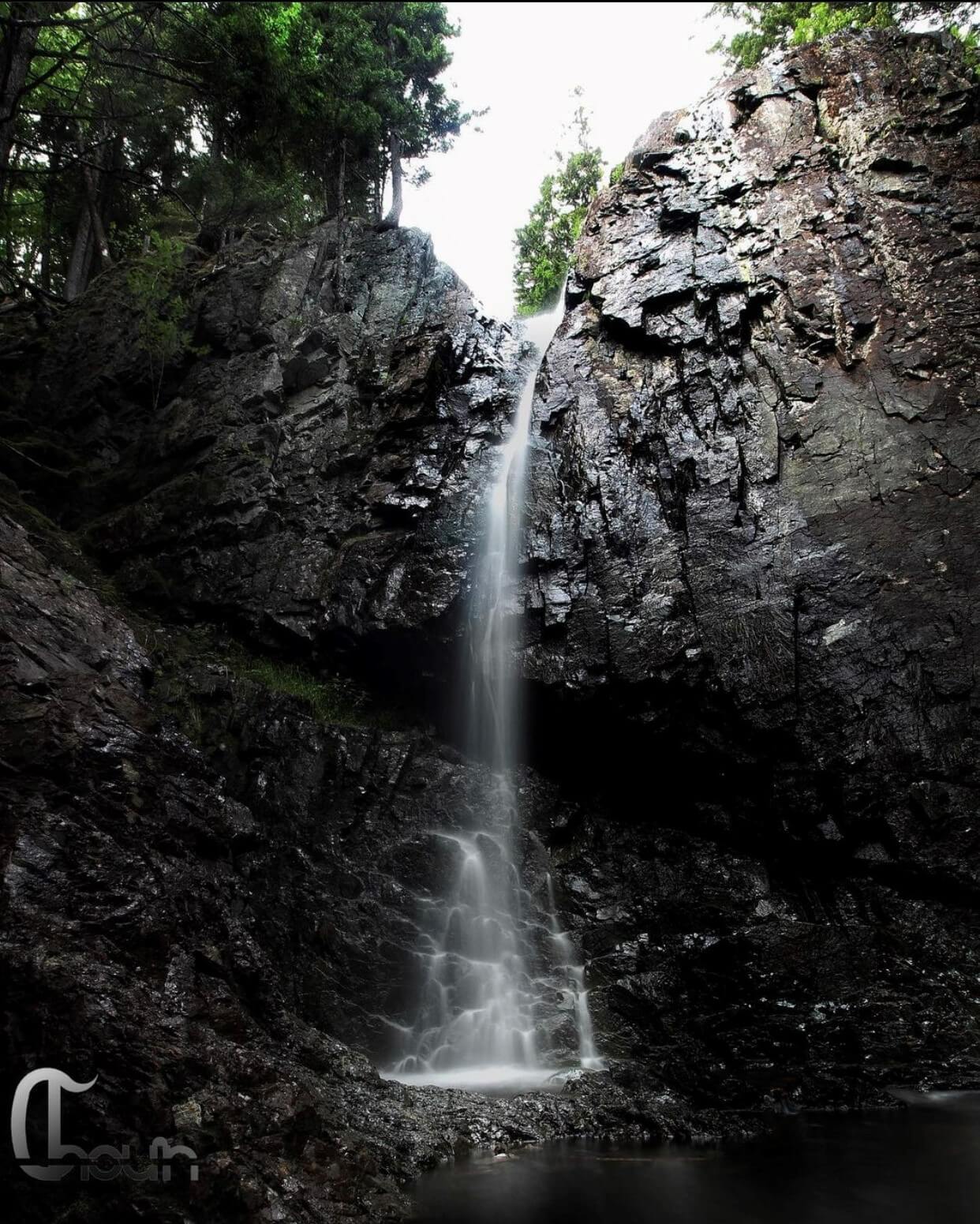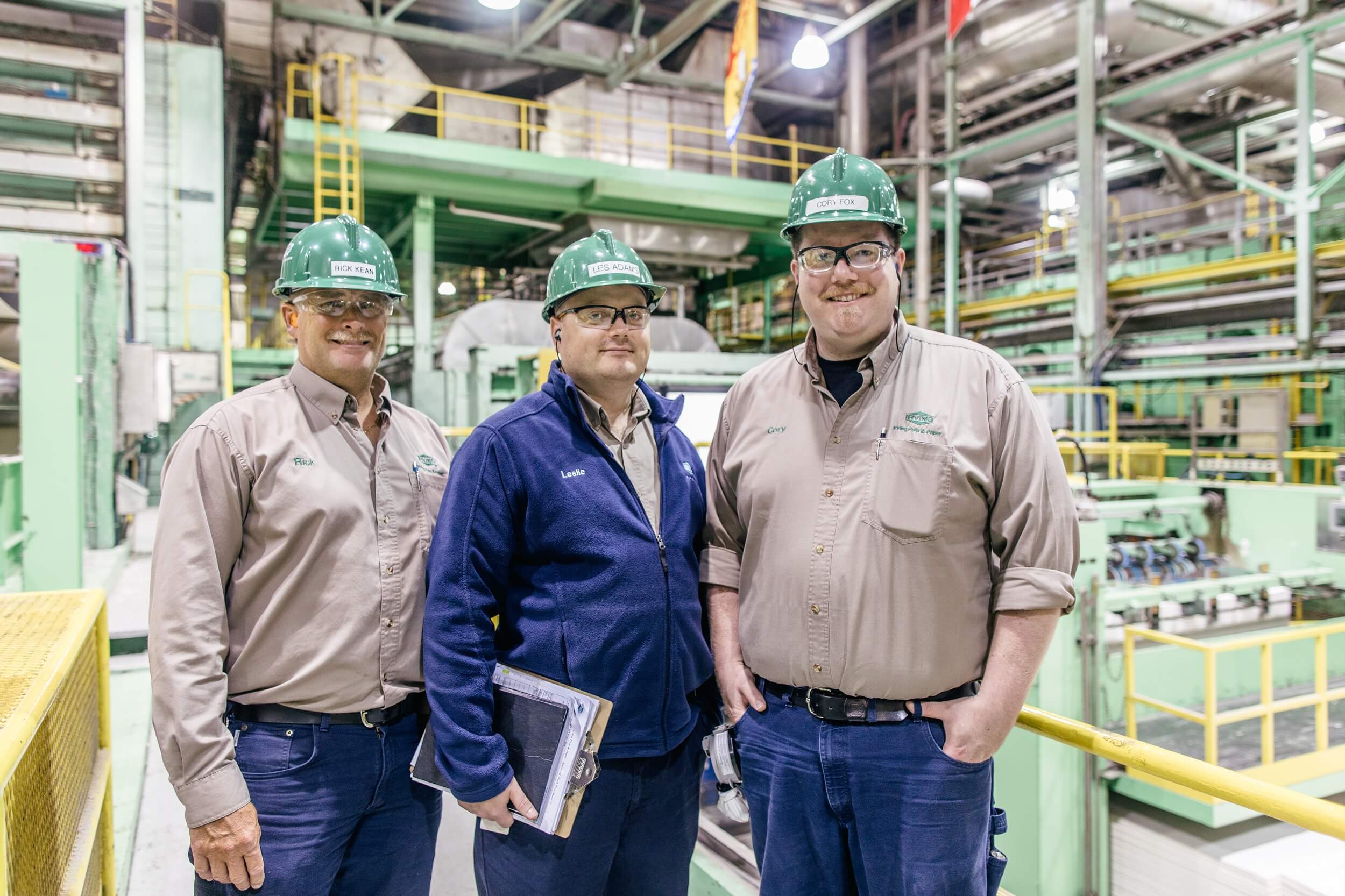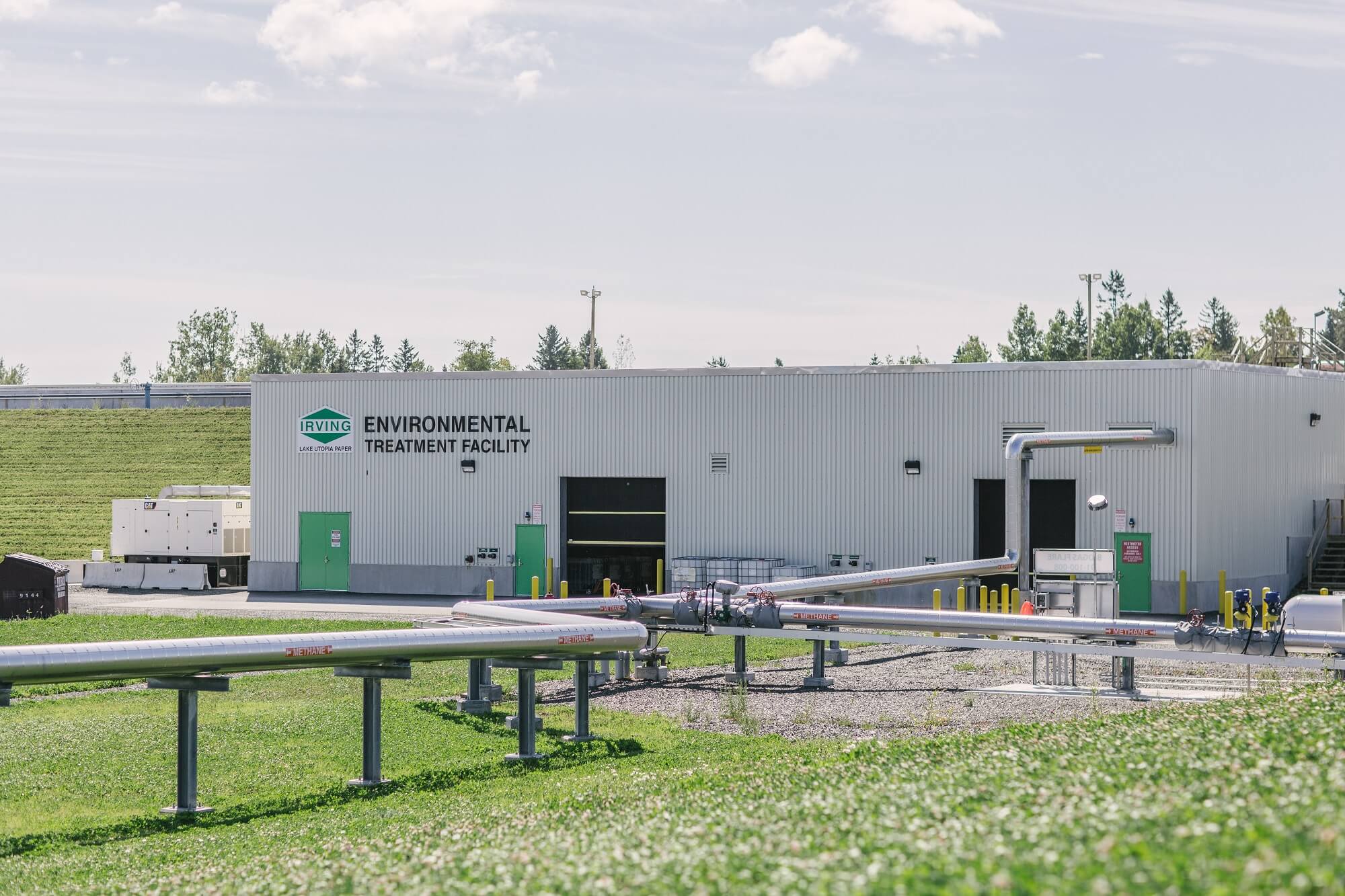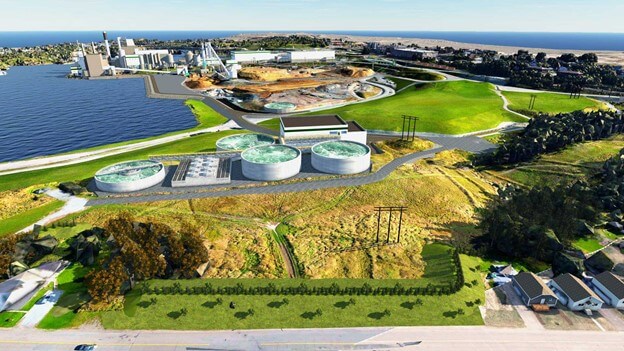From Seedling to Shelf – A Sustainable Future
At J.D. Irving, Limited (JDI) we are committed to building a sustainable future. Through continuous improvement and innovation, we are continually investing in new projects and initiatives to reduce our carbon emissions, water consumption, and waste.
This Canadian Environment Week we are excited to be sharing the shifts within our operations that help us operate sustainably every day.
Conserving Natural Wonders
JDI’s award-winning, voluntary conservation program has grown from 29 sites in the 1980s to almost 1,900 sites to date, with 156 sites added in 2021. With almost 25% of our land being primarily for conservation efforts, we ensure that our future forests remain diverse and the wildlife that depends on it can thrive. Our foresters are trained annually to identify, report, and protect vulnerable plants and wildlife.
Pictured is Tracy Falls one of our conservation sites near Willow Grove, New Brunswick.

Photo Credit: @ShotsByChouin
Leading The Way
Irving Pulp & Paper is the only pulp mill in Canada to operate without a solid waste landfill. Through investments in treatment and refining, we have been able to work with local agronomists, farmers, and composting facilities to make use of our process waste to generate value.

Investing In A Greener Future
Each year, we invest in ways to reduce the consumption of fresh water in our processes and monitor water quality in our operations. In 2017, Lake Utopia Paper commissioned a new, state-of-the-art, effluent treatment and biogas facility. Not only does this facility allow us to meet future proposed effluent treatment regulations, but also to reduce energy consumption (and resulting emissions) by over 50 per cent through the generation and use of resulting biogas as a process fuel.

Additionally, we are investing over $150 million at the Irving Pulp & Paper Mill in west Saint John to build a new Environmental Treatment Facility. This project will reduce the mill's water consumption significantly by approximately 50%.

Improving Log Yielding
It takes several decades to grow a tree, but we only get one opportunity to process it into lumber. That's why we need to ensure we use the best tools, technology and processes, yielding the highest volume of boards for each log consumed.
In 2016, following the advancement of new technologies for log optimization and lumber grading, we decided to modernize over 50 percent of our machine centres. This $50 million investment involved new saw lines with advanced scanning, optimization and cutting tool technologies, which create a 3-D image for each log to extract the most volume or value of lumber.

The Sawmill Division also implemented a lumber supply optimization system, interconnecting all softwood framing lumber mills, to determine the best cutting solution for each log specific to each mill, each week. This optimization tool considers a variety of factors to produce the lumber required by our customers while maximizing the log yield.